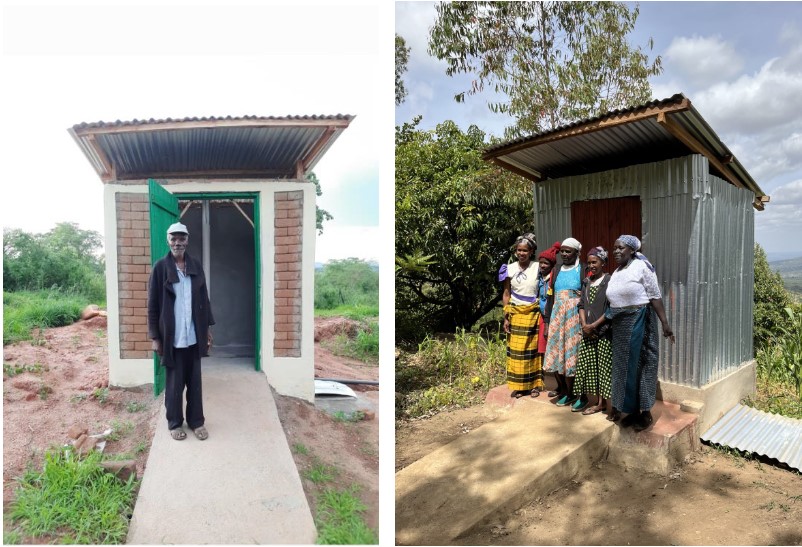Design Challenge:
How might we develop an ecological dry toilet design in rural Makueni in a way that is affordable for the community so that the community adopts and sustains the technology?
Introduction:
Community access to adequate and proper sanitation is an important component in establishing a desirable sanitation ecosystem within the community. Ecological dry toilet technology provides a sustainable approach towards improved sanitation in rural communities. However, the cost of putting up a dry toilet is a limitation to this technology by most rural communities, thus affecting its accessibility and adoption. This experiment sought to ideate and test possible options to the cost associated challenge by creating new lower cost models of dry toilet technology to improve on affordability and adoption. Two samples of low-cost model of dry toilet were established using different building materials at a lower cost than earlier models of dry toilet constructed before this community-led experiment. Ordinary burnt bricks, recycled iron sheets, and compressed stabilized earth interlocking blocks were used as alternative to cut stones and timber.
Results:
Through engagement of community and other actors, most appropriate options for prototyping were successfully mapped resulting to a community-led design/plan of low-cost dry toilet model. The design/plan was developed while putting into consideration the ideas generated during the ideation stage with an aim of improving accessibility, affordability and adoption. The community-led and low-cost model developed had a significant reduction in cost of approximately 38% to 40% compared to the earlier model of dry toilets.
Community-based artisans who were involved in the ideation process has led to an increase in the number of artisans with knowledge and skills within the community to construct the low-cost model of dry toilets.
The engagement of the community in the ideation process has a significant positive behaviour change towards ecological dry toilet technology and its affordability compared to ordinary pit latrines
Scaling:
The community-led prototype low-cost model will be integrated in the future phase of sanitation project. The existing collaboration with the county government presents a viable opportunity to upscale the ecological dry toilet technology low-cost model under community led-total sanitation (CLTS) program. A handbook of affordable dry toilet models, based on this community-led experiment, is under preparation.
Mifuko Trust: Improving Accessibility of Ecologically Dry Toilet (PDF)
